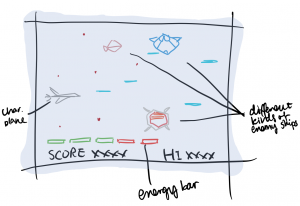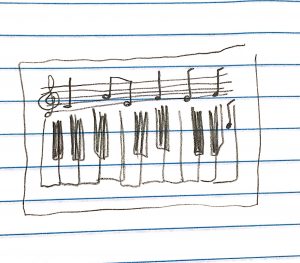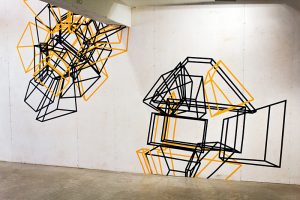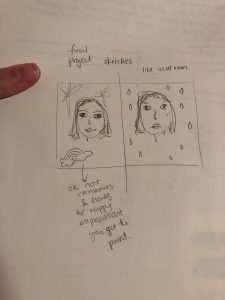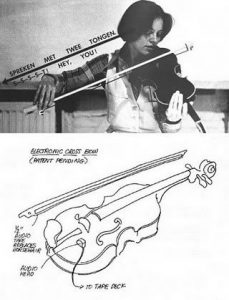http://www.liaworks.com/category/theprojects/
Lia’s direct page^
http://www.liaworks.com/videos/animal-imagination/
Lia’s animal imagination video^
http://sputniko.com/biography/
Sputniko!’s direct page ^
http://sputniko.com/2016/04/redsilkfate/
For my project I am kind of interested in combining generative and interactive art that uses the webcam. I was looking at some artists that do similar things and I saw the artist Lia. She uses interesting tools to generate art, but she doesn’t combine these projects with people very much (in the sense that I would like to) but I am still very intrigued in her methods, like the mechanical plotter drawings. But her most interesting piece to me is her generative video called ‘animal imagination’. This video is essentially a moving drawing which is very soothing (at some points) and hectic (at other points). It looks almost like animated turtle graphics with spirals and almost slinky looking patterns. I am interested in possibly exploring these shapes to use as part of my final project and am interested in learning more about how they move and work. I am also interested in Japanese artist Sputniko! who uses video art to convey her ideas, like in her video red silk of fate, which was based on a project that she made. The video acted as supplemental to her project, and it was interesting to see how she could use video as apart of her work– as I am thinking of using video the way she does in my project.
![[OLD FALL 2018] 15-104 • Introduction to Computing for Creative Practice](../../wp-content/uploads/2020/08/stop-banner.png)
